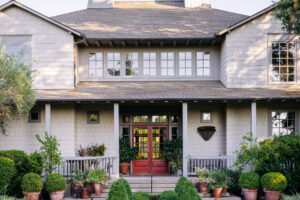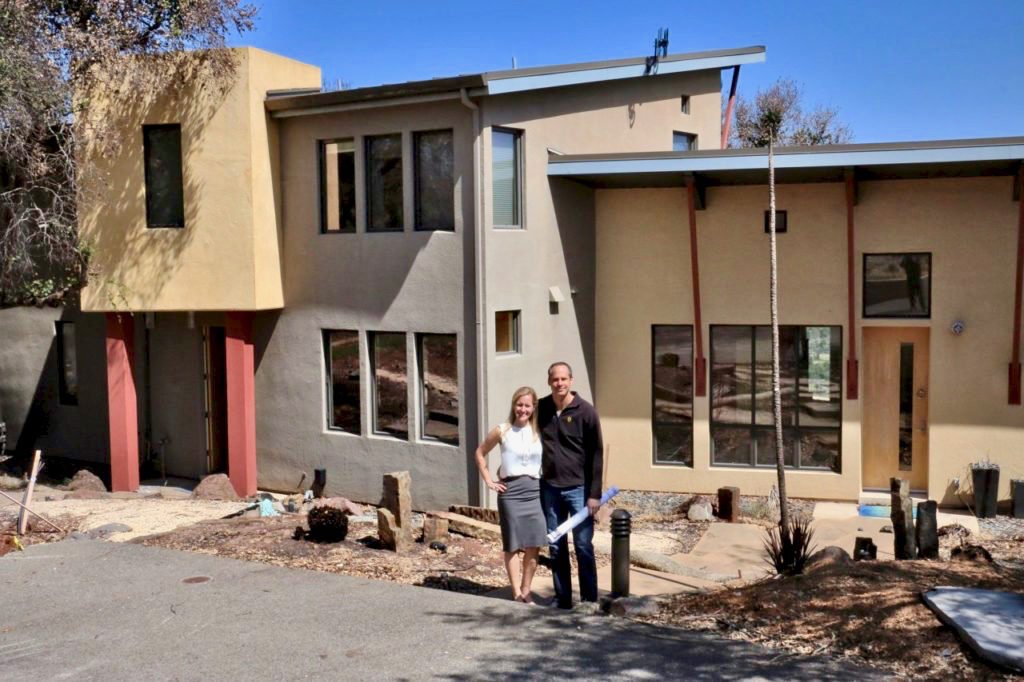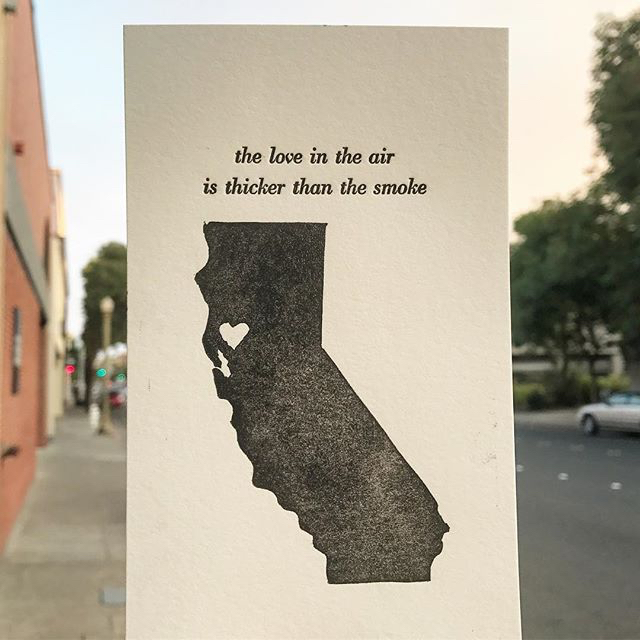On the anniversary of the firestorm, Sonoma Magazine shines a light on those who fought through our region’s darkest hours. During the month of October, we’ll introduce you to some of our neighbors who sought to make a positive difference.
Out of the ashes, heroes emerged: firefighters, paramedics and police officers; friends and strangers. Chefs cooked and distributed food. Neighbors took us into their homes and shared clothes, housewares and compassion. Caped crusaders entertained children in shelters. Mental health professionals gave counseling. Artists sought to make sense of the catastrophe, console and inspire.
Piece by piece, kindness by kindness, shingle by shingle, we came together to help our community on that long road back to normalcy. This is a part of the story we should remember as vividly as the fires themselves—the sense of hope borne out of acts of compassion.
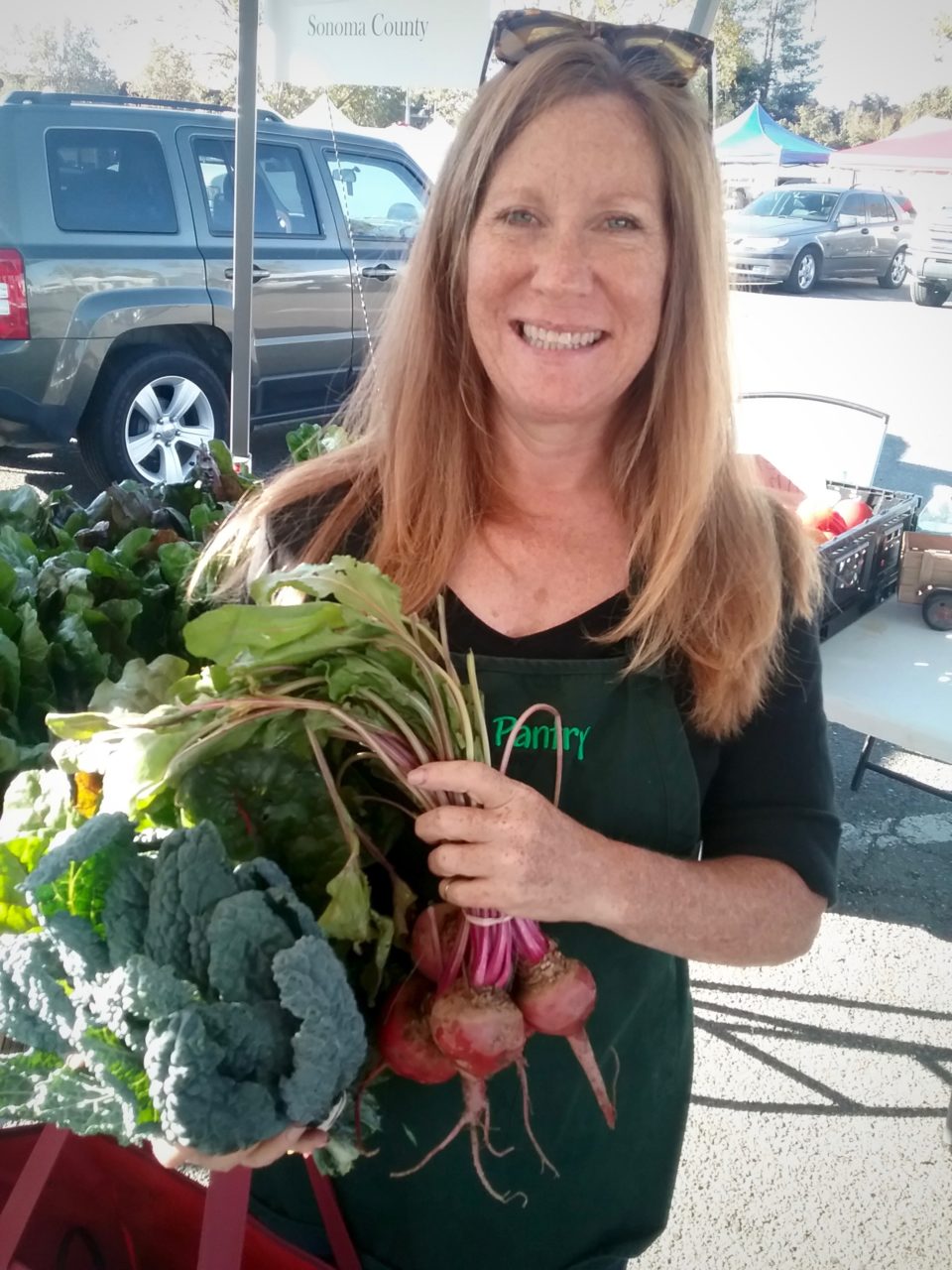
Melissa Barnett, 54, Santa Rosa, Community Health Worker Petaluma Health Foundation
“I was renting a two-bedroom apartment in Larkfield when the fires hit, but I wasn’t home; I was helping a friend in Mendocino County. While I was there, I discovered my place had burned up. I came back to try and get back in but the police wouldn’t let me. I didn’t see the site for maybe 30 days. It was a few months until I registered with FEMA. By January they had given me an RV trailer at the county fairground. People here lovingly call the place, ‘FEMAville.’ That’s where I am today. The trailer is small, it has an area for a bed, a couch, a table with benches, and a little kitchenette. There’s a tiny bathroom, too. When I moved here there were 270 units. Now there are about 70. Within a few months, I was getting to know my neighbors and realized that food scarcity was an issue for a lot of them. I was volunteering with some community organizations and knew there were ways to bring in some extra food. So I started up a white-tent produce stand right outside of my trailer where people in the camp could get food without having to go someplace else. Now every week I bring in food from the local food bank and from local gleaning programs. It’s mostly produce—apples, potatoes, leeks, greens, zucchini. The kind of stuff you’d find at a seasonal farmers’ market. People are so appreciative. They get fresh produce for free. Food is a great way to start conversations about other resources someone might need. As I pass out zucchini, I can ask, ‘Have you checked out case management resources?’ Helping other people helps me. This is what community is all about.”
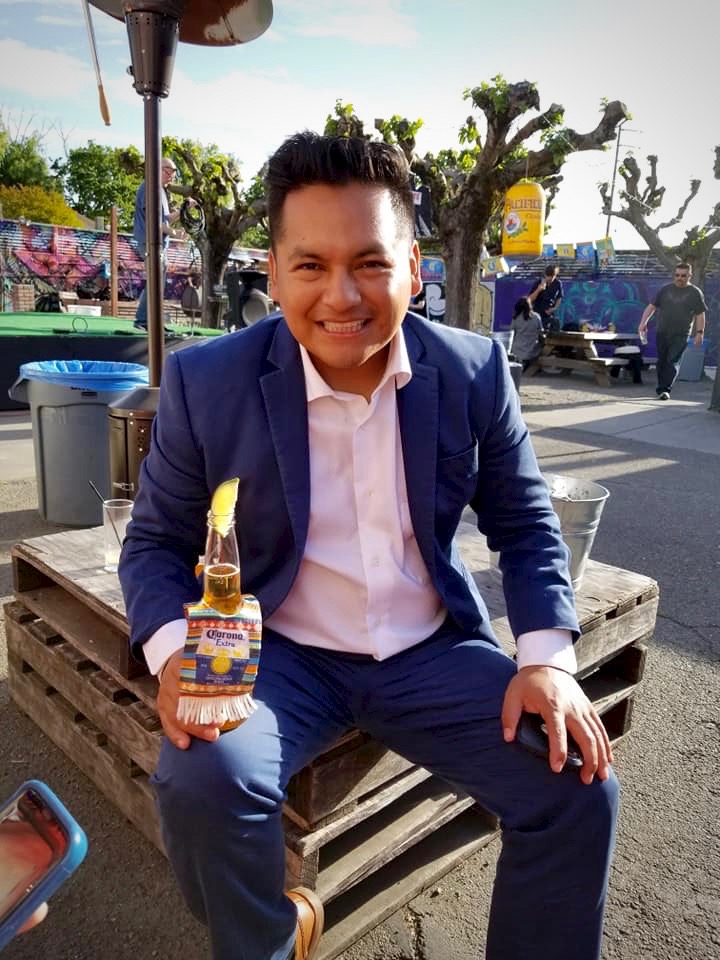
Neil Pacheco, 38, Windsor, Latin Events Coordinator Graton Resort & Casino
“The day after the fires came through, I got a call from one of my friends. He told me a bunch of Latino families who lost their homes were heading to the coast. These people were not documented. They were not in the country legally, but they all had jobs here and families here. And they were good people. My friend told me they wanted to go to shelters but that they didn’t feel safe; that authorities would deport them. So I went out to them; to Dillon Beach. There were about 200 people there. They were staying in their cars. They were staying in tents. They were afraid. It was like they had gone through trauma. There was not enough communication. The communication that existed was all in English. I couldn’t believe my eyes. I got on the phone with the sheriff’s department and Supervisor Lynda Hopkins. Everyone assured me these people would be safe at the shelters. Everyone promised nothing would happen to them. After three or four days, with the help of others, I finally convinced these people to leave the coast and go to the shelters. As a human being and as a Latino, I wanted to help. These people didn’t have the resources to look for help. They weren’t comfortable getting the help that was available to them. They needed to feel comfortable. I believe strongly in diversity. I loved how the Latino community and the Anglo community came together during the fire and became one big family.”
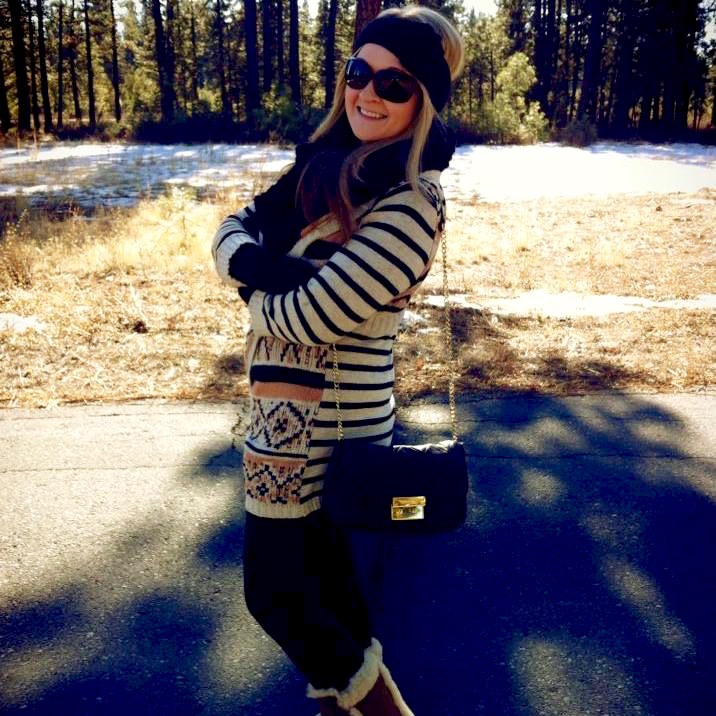
Lauren Bodsworth, 30, Santa Rosa, General Manager The Sandman Hotel
“I’m usually off on Sundays and I wasn’t working the day of the fire. That changed quickly. I went to sleep around 11 p.m., and started getting calls from employees around 2 a.m. At that point, I realized it was very close and headed to the hotel. Heading north on the 101, I was forced to get off at Bicentennial. That’s when I realized it was close to the hotel. I got in and our night auditor had started sending guests to evacuation centers. The wind was blowing embers everywhere. I felt like I had no time to waste. I started going door-to-door, telling everybody they needed to leave. A lot of people were confused as to what was happening. It was crazy. From the second floor of our middle building I could see across the freeway that the [Hilton Sonoma Wine Country], the Fountaingrove Inn and the Round Barn had burned up. I worked the front desk at the Fountaingrove Inn for nine years before coming to the Sandman. It was very emotional to see my old hotel on fire. Anyway, I was at the hotel for about an hour getting everyone out. When the power went out, I locked up the hotel. I have to be honest: when I left, I did not expect to come back to a standing hotel. The whole experience was one of those moments where I didn’t even think—I just acted. My fiancé asked me that night, ‘What were you thinking going up there?’ I wasn’t thinking. This is my hotel. I wanted to protect the guests. I wanted to make sure I tried everything I could.”
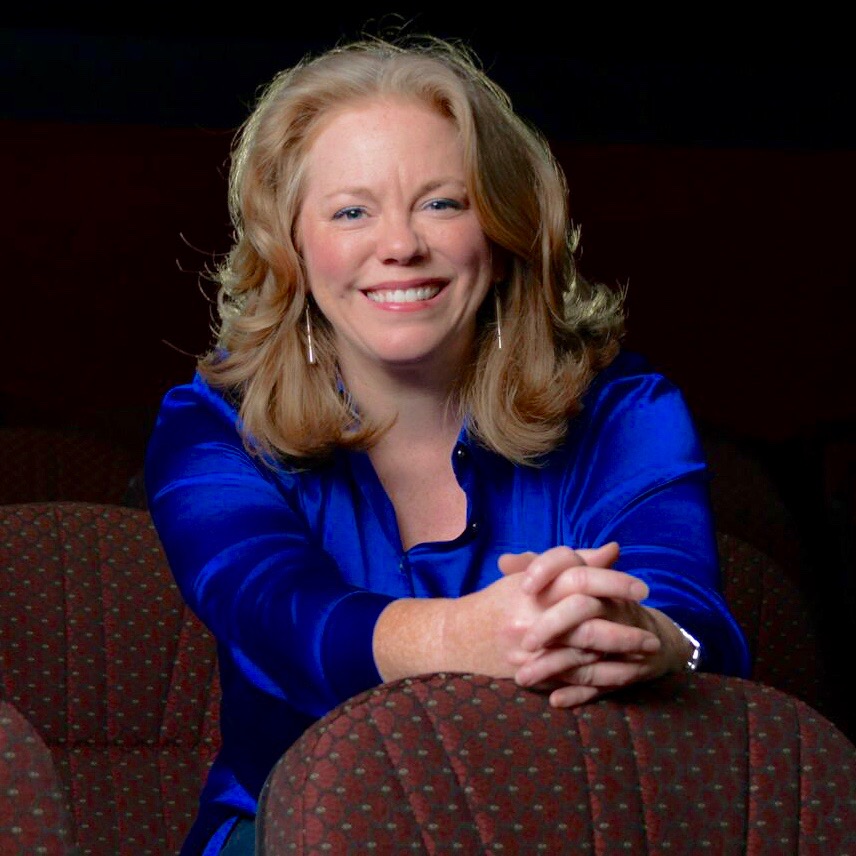
Kathryn Hecht, 45, Cloverdale, Executive Director Alexander Valley Film Society
“Last year’s Alexander Valley Film Festival was scheduled to take place nine days after the fire. The first day of the fires, most of us were evacuated. By day two, we started to address what we were going to do. By day three, we knew that we wanted to do something that benefitted the community. It would have been inappropriate, given the nightmare that was happening just a few miles south, to pop a bottle of champagne and use the festival as a celebration of any kind. At the same time, we had put in eight or nine months of work to create the event. We felt the show had to go on. We decided to use what we had and strip it of anything fancy and make it an opportunity for people to get together and throw spare change into tip jars so we could donate the money to the community. The show went on. And it was a miracle for all kinds of reasons. People had something actionable to do. They had a place to put their bodies. They had a place to put their money. Our neighbor screening turned into a potluck. It turned out that seeing a movie and talking about it with friends was a good thing. In the end, we raised tens of thousands of dollars. It was more than we expected. If I had any question about the generosity and resilience of the community, it was answered tenfold. What we did was the right thing to do.”
The fourth-annual Alexander Valley Film Festival will be held Oct. 18-21 at various locations in Cloverdale, Geyserville, and Healdsburg. For more information or tickets, visit avfilmsociety.org.
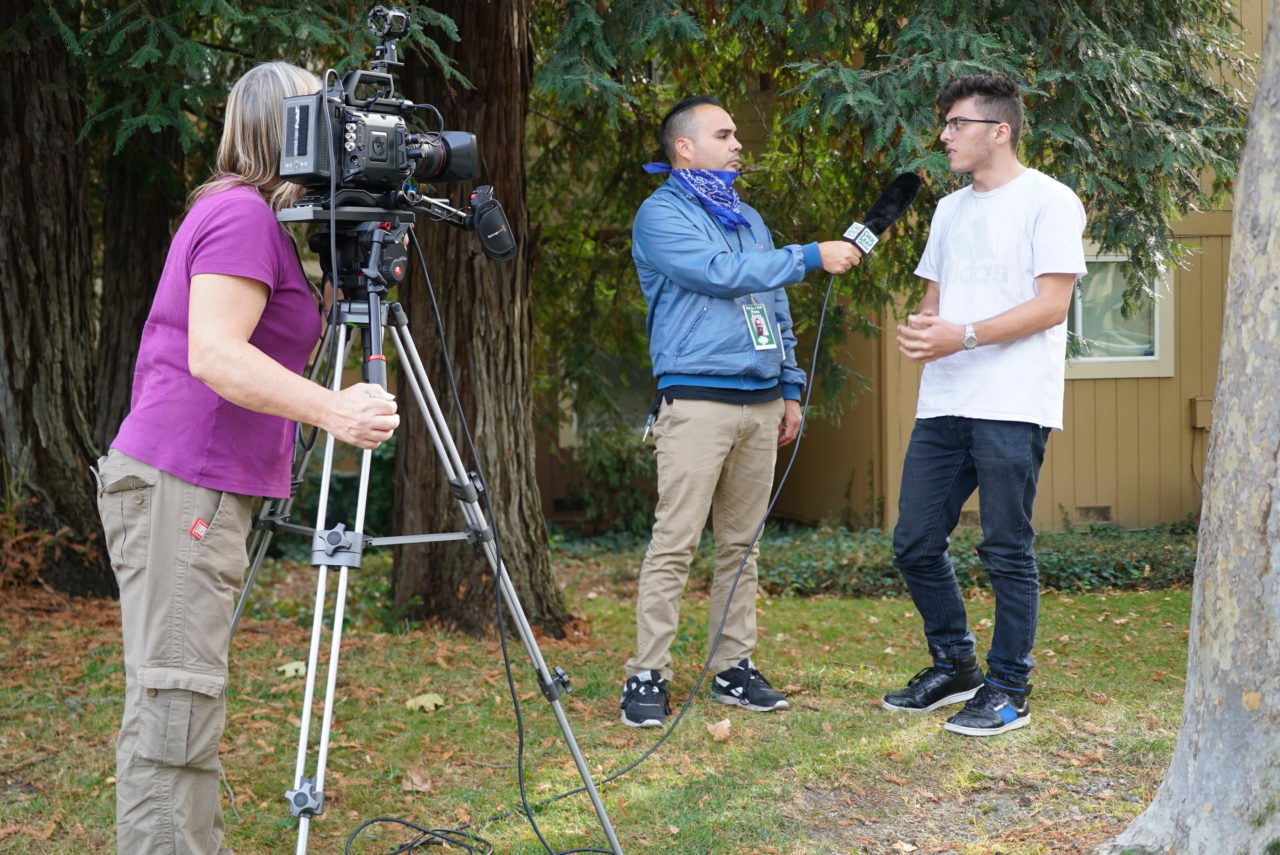
Michael Barnes, 32, Santa Rosa, Food Runner St. Francis Winery (center in photo)
“At the time of the fires I was a student at Santa Rosa Junior College, working on The Oak Leaf, the student newspaper. It was new to me to cover something that was that big of a deal, but all of us just knew what we needed to do. A group of us were drawn back to the newsroom. There were eight of us, as well as our advisor, Anne Belden. One of the first nights, campus police came in and told us we couldn’t be there because the campus had been shut down. So we moved the newsroom to Anne’s house in Sebastopol; that became our headquarters. We created these handmade press passes and they worked! We went out in pairs and figured out what to cover. We felt like we were chasing flames. Sometimes we didn’t understand how close we should get to the fire or how close we were allowed to get. I felt scared every day. It was surreal to be out there and see people going through this. I learned on the fly about being tactful and respectful and understanding what it takes to get what you need out of a source. The experience taught me a lot about how to approach people and how to see them as human beings. I’m not a native to this area but I appreciated how much the community came together as a result of these fires.”
The Oak Leaf won multiple awards for its coverage of the 2017 firestorm. To read the paper’s fire coverage, visit oakleafnews.com/fire.
Read last week’s profiles here.









